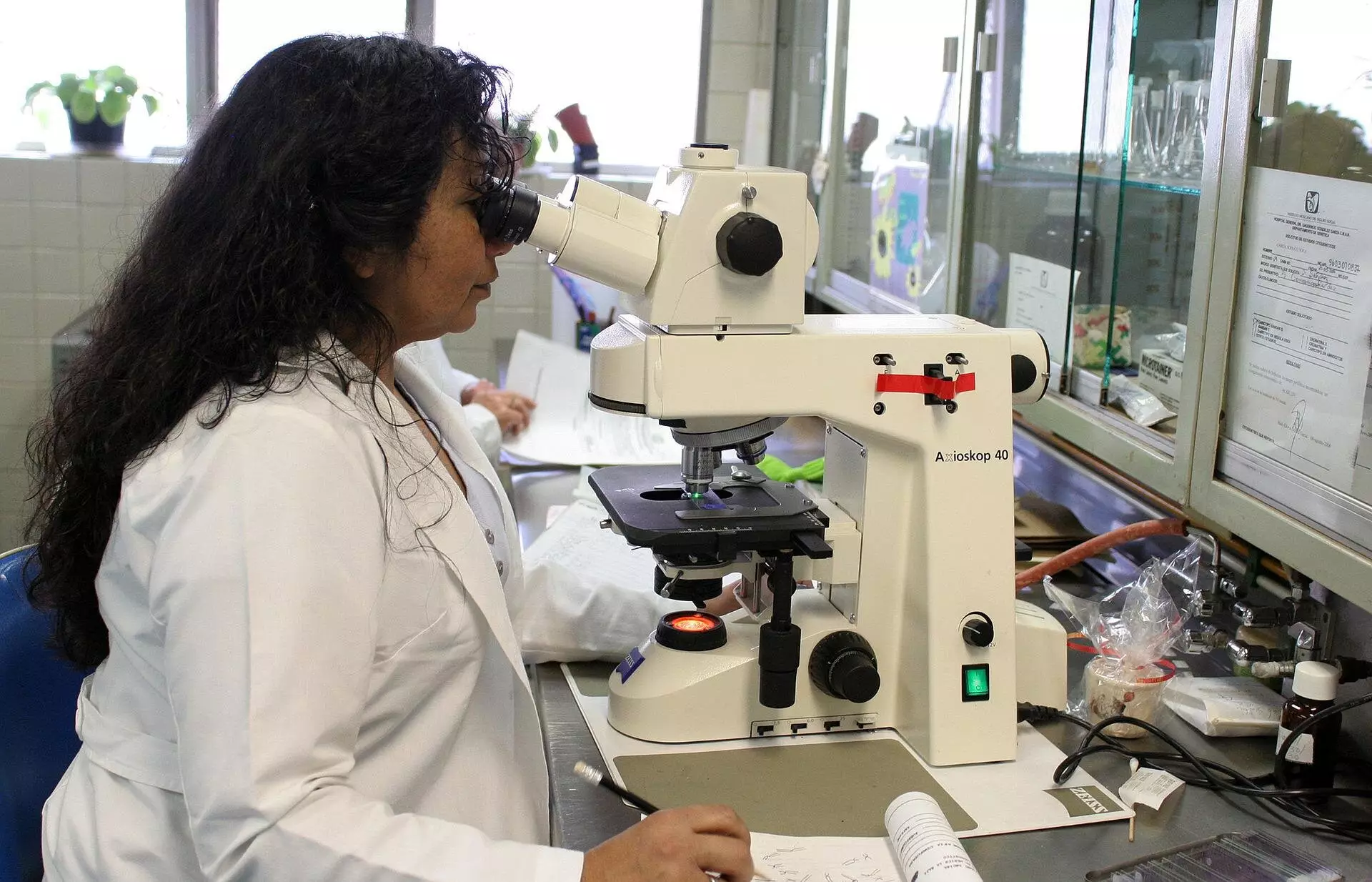When viewing biological samples under a microscope, one of the common issues that arise is the disturbance in the light beam due to different mediums. The bending of light rays in air around the lens compared to water, for example, can lead to a misleading measurement of depth in the sample, causing it to appear flattened.
Over the years, various theories have been developed to determine a corrective factor for this distortion in microscopy. However, it wasn’t until Nobel laureate Stefan Hell’s observations in the 90s that the idea of depth-dependent scaling was introduced. This led to further research and calculations by Sergey Loginov, Daan Boltje, and Ernest van der Wee, confirming the depth-dependent nature of the corrective factor.
The discovery of depth-dependent scaling has significant implications for microscopy, particularly in electron microscopy. By accurately determining the depth of a sample, researchers can now precisely isolate proteins and their surroundings, leading to a better understanding of biological structures. This not only saves time and resources but also allows for more focused studies on relevant proteins and abnormalities in diseases.
To assist researchers in implementing depth-dependent scaling in their experiments, a web tool and software have been developed. By inputting specific details such as refractive indices, aperture angle of the objective, and light wavelength, the tool calculates the depth-dependent scaling factor curve. This enables researchers to obtain accurate results and compare them with existing theories.
The recognition of depth-dependent scaling in microscopy marks a significant advancement in the field. By utilizing this concept, researchers can enhance the accuracy and efficiency of their experiments, ultimately leading to a more profound understanding of biological structures and diseases. The development of tools and software further facilitates the implementation of depth-dependent scaling, making it accessible to a wider scientific community.


Leave a Reply